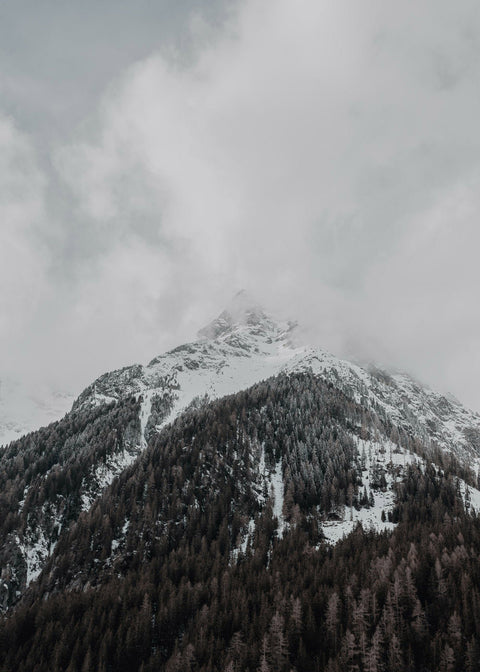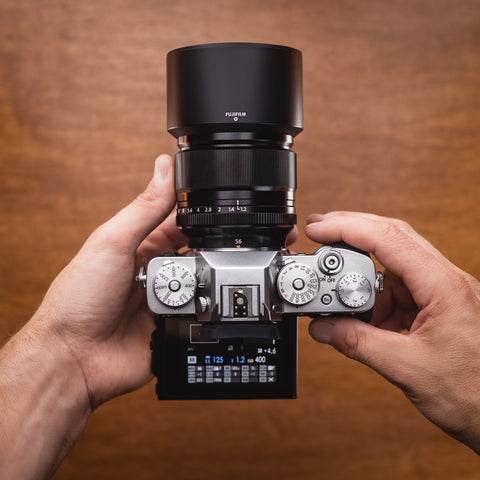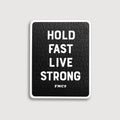When dressing for cold weather, it's important to use layers. This is because different layers provide different types of insulation and let you remove one of them if the temperature gets warmer or add one if it gets colder.
The Base Layer
Start with a base layer that will wick away moisture. Some good base layers to use for staying dry in cold weather are wool or synthetic materials. They will wick away moisture from your skin and keep you warm and comfortable. Cotton is not a good choice for a base layer, as it will absorb moisture and make you colder.
The Insulating Layer
Use an insulating layer over your base layer to provide warmth. Wool and fleece are good choices for insulating layers because they are breathable and moisture-wicking.
The Outer Layer
Use a wind-proof outer layer to shield you from the wind and elements. There are a number of different types of wind-proof outer layers that you can use in cold weather. One popular choice is a down jacket. Down jackets are very warm and provide good insulation, but they can be expensive. Synthetic jackets are less expensive than down jackets, and they also provide good insulation. However, they are not as warm as down jackets, and they don't usually last as long.
Another option for staying warm in the cold is to wear a raincoat or a shell jacket. These jackets are not as warm as down or synthetic jackets, but they are wind-resistant and will keep you dry in light rain or snow.
Keep Your Extremities Warm
Finally, Make sure your head and hands are covered - gloves and a hat will help keep you warm. Don't forget to wear comfortable, waterproof boots and bring spear socks!
Don't Forget About Staying Hydrated
Another important thing to keep in mind when working in cold weather is to stay hydrated. When you're active in the cold, you can lose a lot of fluid through sweating, and you may not feel thirsty because your body is trying to conserve heat. Make sure to drink plenty of fluids, especially water, when working in the cold to avoid dehydration.
Camera Gear Don't Like Cold Weather
It's also important to keep your camera gear protected from the elements. Be sure to use a rain cover for your camera and lens, and consider investing in a waterproof camera bag. And if you're using a tripod, be sure to anchor it down - strong winds can cause it to topple over.
When going from cold to warm temperatures, it's important to take your camera gear out of the cold slowly. Don't just remove your camera from the cold weather and put it into a warm room - this can cause condensation to form on your camera and lens, which can damage your equipment. Instead, put your camera in a sealed bag and then slowly transition it to warmer temperatures, letting it acclimate gradually by leaving it in your camera bag.
Finally, don't let the cold weather discourage you! Photographers often find themselves working in challenging conditions, but the results are worth it. Just make sure to take precautions to stay warm and dry, and you'll be able to continue taking great photos in the field!
Photo by Eberhard Grossgasteiger





